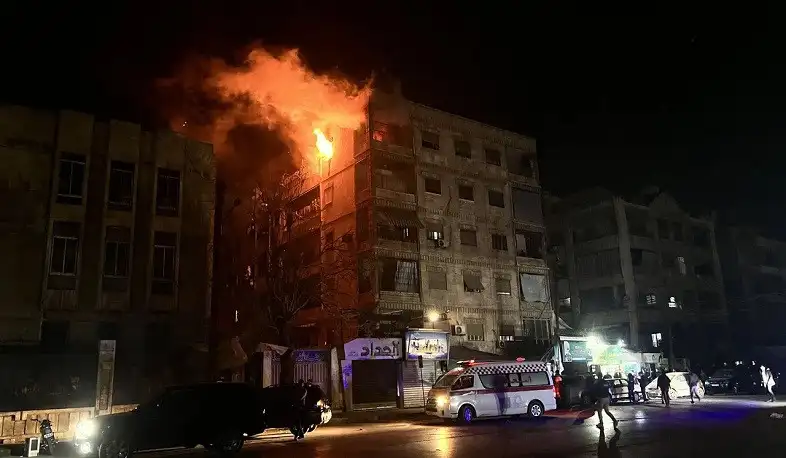The article discusses the complexities and challenges facing Tanzanian society, especially in the context of artificial intelligence (AI). The writer points out that Tanzanians are “credulous” and notes the broader issue of undervaluing social sciences in public discourse. This gap in dialogue leaves Tanzanians grappling with psychological, cultural, and social complexities inherited from colonialism, further complicated by the contradictions between traditional values and contemporary capitalist systems.
Tanzania, like many African nations, exists within multiple worlds simultaneously: a socialist ruling party with capitalist tendencies, religious practices replacing indigenous beliefs, and a socio-political elite driven by rent-seeking behaviors. Despite technological advancements, many Tanzanians are restricted by limited access to the internet. The affordability of social media packages from telecoms limits their ability to verify information, leading many to associate the internet only with social media platforms.
The article further critiques the nation’s post-truth reality, especially in the wake of the COVID-19 pandemic, during which misinformation ran rampant, contributing to a collective denial of the virus’s impact. This background raises the question: how can Tanzania cope with the rise of AI when the intellectual, social, and spiritual resources needed to engage with such complex technology are lacking?
AI, according to the writer, is unlike previous technologies. Its capacity to rewrite its own code, operate in ways that even experts find mystifying, and the potential for AI consciousness, contrasts sharply with Tanzania’s ongoing struggle to adapt its linguistic and intellectual frameworks to modern science and technology. The nation’s beautiful, analog Kiswahili language, while rich, may not be fully equipped to handle the rapid digital shift represented by AI.
Despite these concerns, the writer hints that African societies, due to their historical resilience and adaptability in the face of challenges, may find unique opportunities within these transformations. However, the details of this potential resilience are left for the next installment.






















